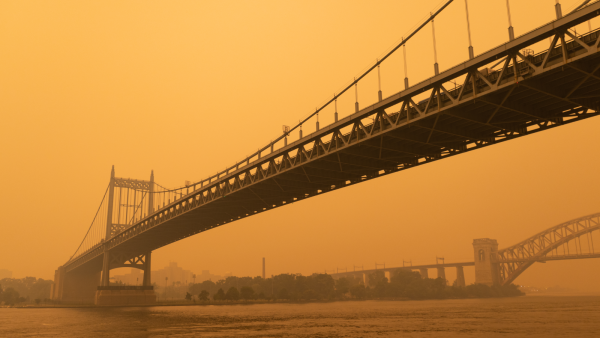
Increased wildfires caused by climate change could lead to 30,000 more smoke-related deaths per year in the U.S. by 2050 than today's death rate. (Photo: James Andrews/Getty Images)
-4ef1-4329-93e9-4bc2c6298a96″> By 2050, deaths from wildfire smoke exposure could cost the US economy more than all other climate-related damages combined, according to a new study.
Scientists estimate that wildfire smoke pollution caused 41,380 excess deaths per year between 2011 and 2020, and that this number could increase by more than 70% to 71,420 over the next 25 years due to the effects of climate change.
You may like
-

Scientists are deciphering the link between pollution and psoriasis.
-
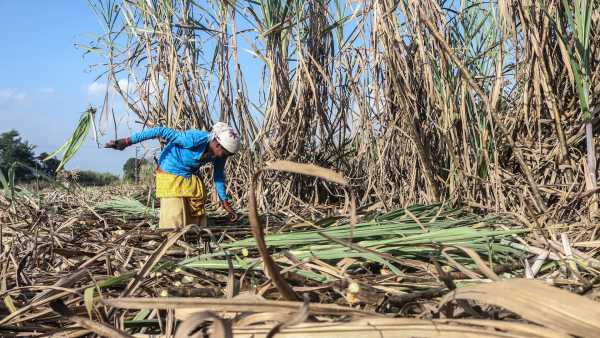
A dangerous condition that can cause seizures, coma and death could increase sharply due to global warming.
-
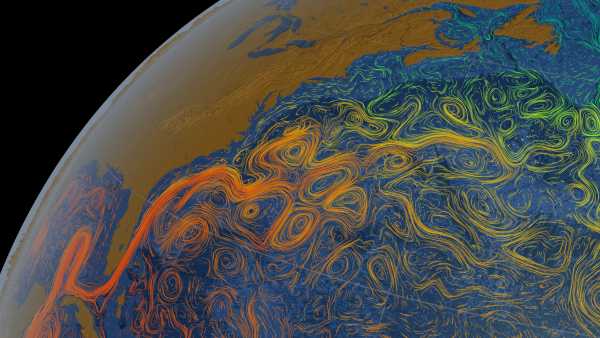
A new study has found that a key Atlantic current could begin to weaken as early as 2055.
According to Stanford University's School of Sustainable Development, this amount exceeds the estimated cost of all other types of climate change damage combined, including impacts such as agricultural losses, storm damage, and temperature-related mortality.
“Everyone understands that wildfire intensity and exposure to smoke from them are rapidly changing,” said senior study author Marshall Burke, a professor of environmental social science at Stanford University, in a statement. “Unfortunately, this has become a reality for residents of the West Coast over the past decade and for residents of the East Coast over the past few years. Our paper provides data showing how this changing exposure affects health, both now and in the future, as the climate warms.”
Wildfires are becoming more frequent and intense due to global warming, as rising temperatures reduce soil moisture and dry out vegetation, making them more susceptible to fire and igniting easily from flying embers. According to the Center for Climate and Energy Solutions, once a wildfire starts, the combination of dry vegetation and warm air facilitates its spread and makes extinguishing it more difficult.
Climate change and wildfires form a feedback loop: an increase in wildfires leads to increased warming due to greenhouse gases released by the burning of organic matter, and further warming, in turn, triggers new wildfires. However, wildfires also release other pollutants into the atmosphere, including tiny particles of dust and soot, which can enter the lungs and bloodstream.
These particles, known as PM2.5, are approximately 28 times smaller than the thickness of a human hair and can linger on the mucous membranes of the mouth, nose, and eyes. In the short term, this can cause irritation, coughing, burning, and exacerbation of skin conditions, as previously reported by Live Science.
Inhaling these particles into the lungs can exacerbate existing respiratory conditions such as asthma and chronic obstructive pulmonary disease (COPD). And if the particles enter the bloodstream, they can irritate the heart, increasing the risk of heart attack and coronary artery disease.
To estimate the human and economic costs associated with exposure to wildfire smoke, the authors of a new study analyzed county-level mortality data across the United States from 2006 to 2019. They combined this data with measurements of ground-level smoke and wind emissions, using machine learning to model the movement of PM2.5 from wildfires across North America.
You may like
-

Scientists are deciphering the link between pollution and psoriasis.
-
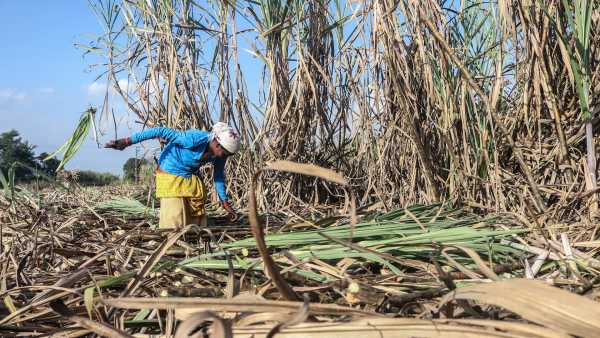
A dangerous condition that can cause seizures, coma and death could increase sharply due to global warming.
-
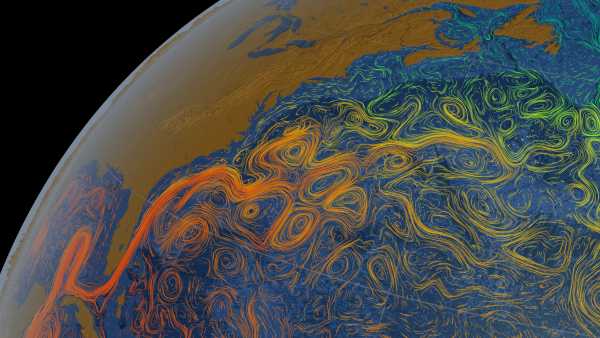
A new study has found that a key Atlantic current could begin to weaken as early as 2055.
“We observe, and this is consistent with other researchers, an increase in wildfire smoke across the country,” said lead study author Minghao Qiu, an assistant professor in the School of Marine and Atmospheric Sciences at Stony Brook University, in a statement. “There is a more significant increase on the West Coast, but we also see long-distance transport of wildfire smoke across the country, including recent large-scale smoke events in the eastern and Midwestern United States from Canadian fires,” said Qiu, who worked on this analysis as a postdoctoral fellow in Burke's lab.
The researchers then examined historical mortality and smoke concentration data to inform climate modeling to project the impact of increased wildfire smoke exposure on human health through 2050.
Their findings, published September 18 in the journal Nature, found that climate change could cause an additional 30,000 deaths per year in the US by 2050 due to increased pollution from wildfires.
Due to the typical distribution of wildfires and the way smoke spreads with wind, the majority of these deaths are likely to occur in California, where an additional 5,060 deaths are reported annually, according to the statement. New York, Washington, Texas, and Pennsylvania may also see a surge in deaths: each state is projected to record an additional 1,600 deaths by 2050 due to wildfire smoke.
RELATED STORIES
— Giant forest fires can create their own weather. Here's how.
— Research suggests that wildfires in Canada in 2023 will cause 87,000 premature deaths worldwide.
— The Grand Canyon Dragon Fire destroyed a historic structure and caused a toxic gas leak.
The study assumed the world would warm by 3.6 degrees Fahrenheit (0.6°C), but the number of deaths related to wildfire smoke would likely rise to 60,000 per year by 2050, even if temperatures remained below that threshold, the statement said. However, the researchers say the only way to prevent tens of thousands of deaths is to immediately reduce carbon emissions.
The statement said other ways people can control their exposure to wildfire smoke include indoor air filtration systems and permitted controlled burning, which helps reduce the severity of fires.
“Our understanding of who is at risk for this exposure is much broader than we thought,” Burke said. “It includes pregnant women, children in schools, anyone with asthma, and people with cancer. In this study, we're looking at one specific health outcome—mortality—and, unfortunately, we're finding a generalized severity of exposure for people across the entire U.S.”

Sasha Pare, Social Link Navigation, Staff Writer
Sasha is a staff writer for Live Science based in the UK. She holds a BA in Biology from the University of Southampton in England and an MA in Science Communication from Imperial College London. Her work has appeared in The Guardian and on the health website Zoe. Besides writing, she enjoys playing tennis, baking bread, and browsing thrift stores.
You must verify your public display name before commenting.
Please log out and log back in. You will then be asked to enter a display name.
Exit Read more

Scientists are deciphering the link between pollution and psoriasis.
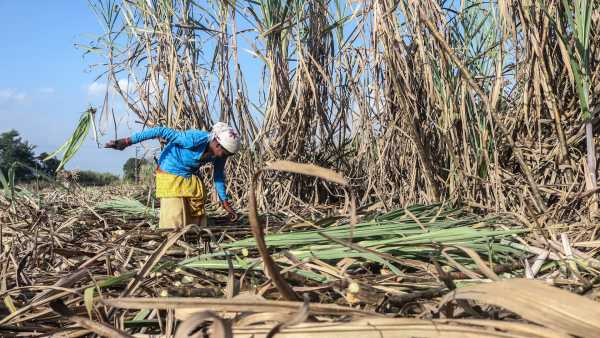
A dangerous condition that can cause seizures, coma and death could increase sharply due to global warming.
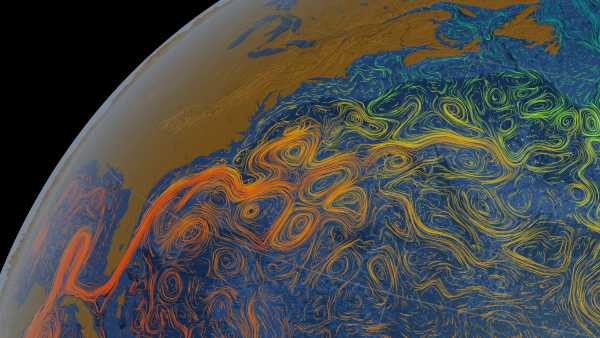
A new study has found that a key Atlantic current could begin to weaken as early as 2055.

What is the highest temperature the human body can withstand?
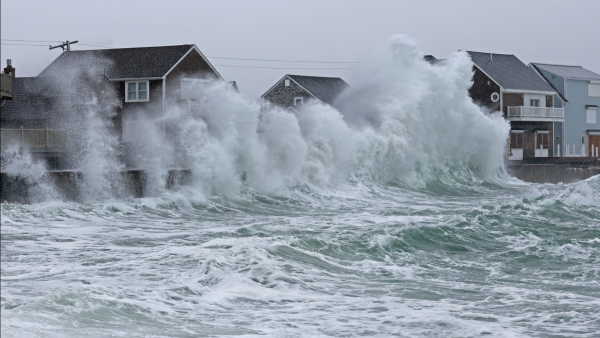
Strong northeasterly winds along the US East Coast are becoming more intense as global warming continues, according to a study.

In just three years, we will reach a critical climate threshold. Can we reverse this trend?
Latest news on viruses, infections and diseases

The “Russian Matryoshka” virus is hidden inside a deadly fungus, making it even more dangerous to humans.

Early research suggests that changing your diet may help treat brain cancer.

Have you gotten vaccinated against COVID this year?

'Your concerns are well-founded': How human activity has increased the risk of tick-borne diseases like Lyme disease

“We have effectively destroyed our entire capacity to respond to a pandemic,” says leading epidemiologist Michael Osterholm.

The first New World infestation of the parasitic blowfly in recent decades has been recorded in the United States.
Latest news

Chimpanzees eat fruits full of alcohol, but no, they don't get drunk.
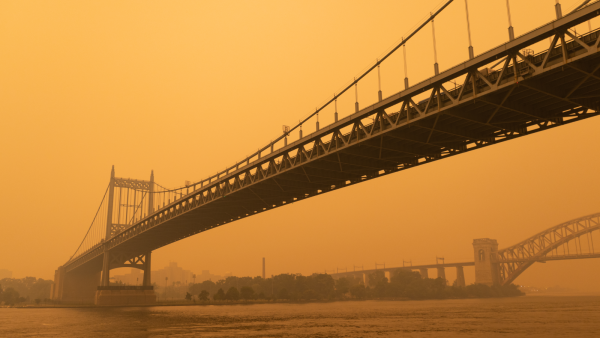
Wildfire smoke-related deaths in the US could reach 70,000 a year by 2050 due to climate change, according to a study.

Scientists have found irrefutable evidence that the icy moon Enceladus is habitable.

Jane Goodall, the renowned primatologist who discovered chimpanzee tool use, has died at age 91.
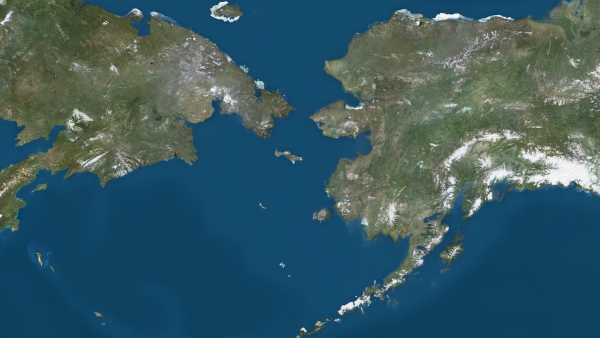
New research has shown that the Bering Land Bridge formed much later than we thought.

Scientists created human eggs from skin cells and then used them to create embryos.
LATEST ARTICLES

Scientists have found the most convincing evidence yet that the icy moon Enceladus is habitable.
Live Science magazine is part of Future US Inc., an international media group and leading digital publisher. Visit our corporate website.
- About Us
- Contact Future experts
- Terms and Conditions
- Privacy Policy
- Cookie Policy
- Accessibility Statement
- Advertise with us
- Web notifications
- Career
- Editorial standards
- How to present history to us
© Future US, Inc. Full 7th Floor, 130 West 42nd Street, New York, NY 10036.
var dfp_config = { “site_platform”: “vanilla”, “keywords”: “type-news-daily,serversidehawk,videoarticle,van-enable-adviser-
Sourse: www.livescience.com





